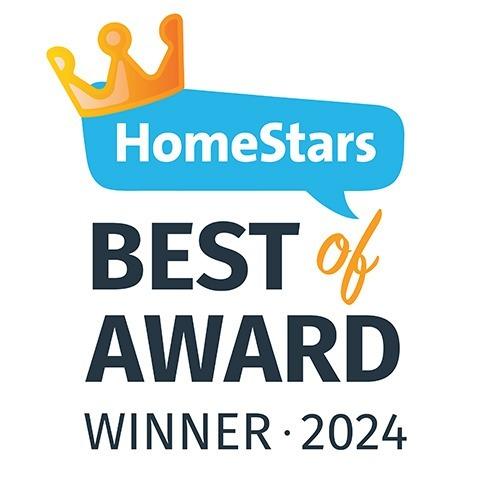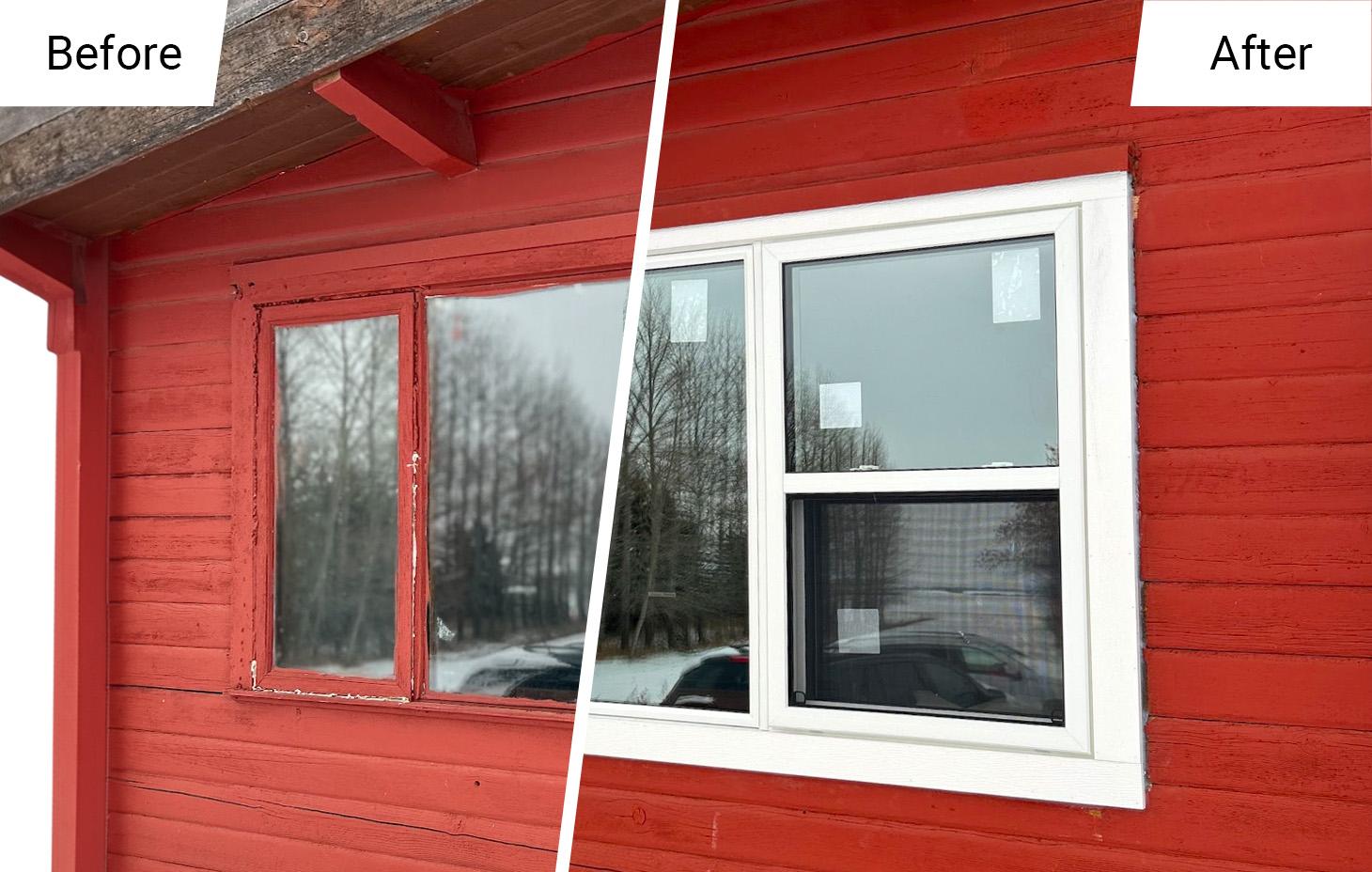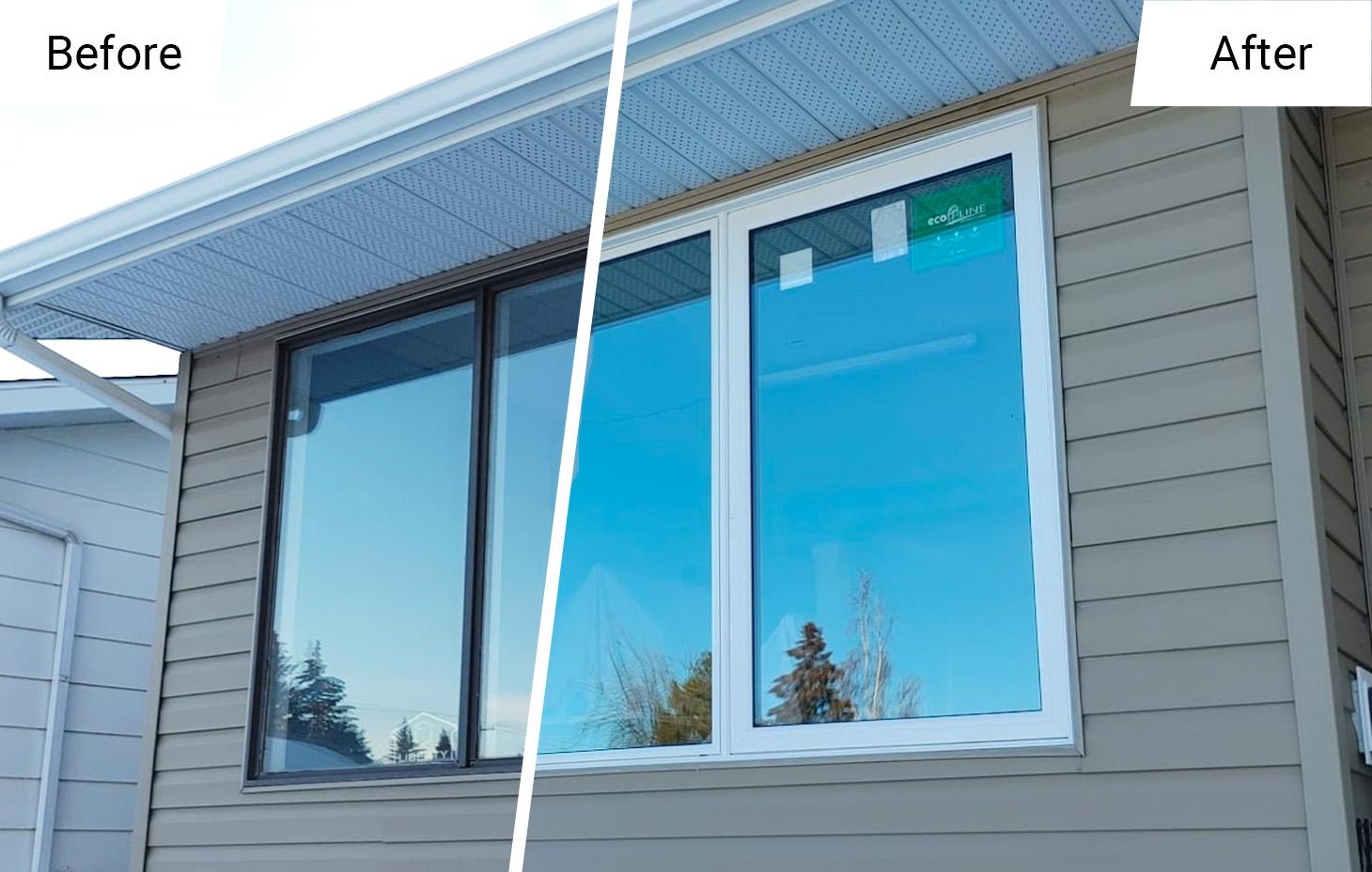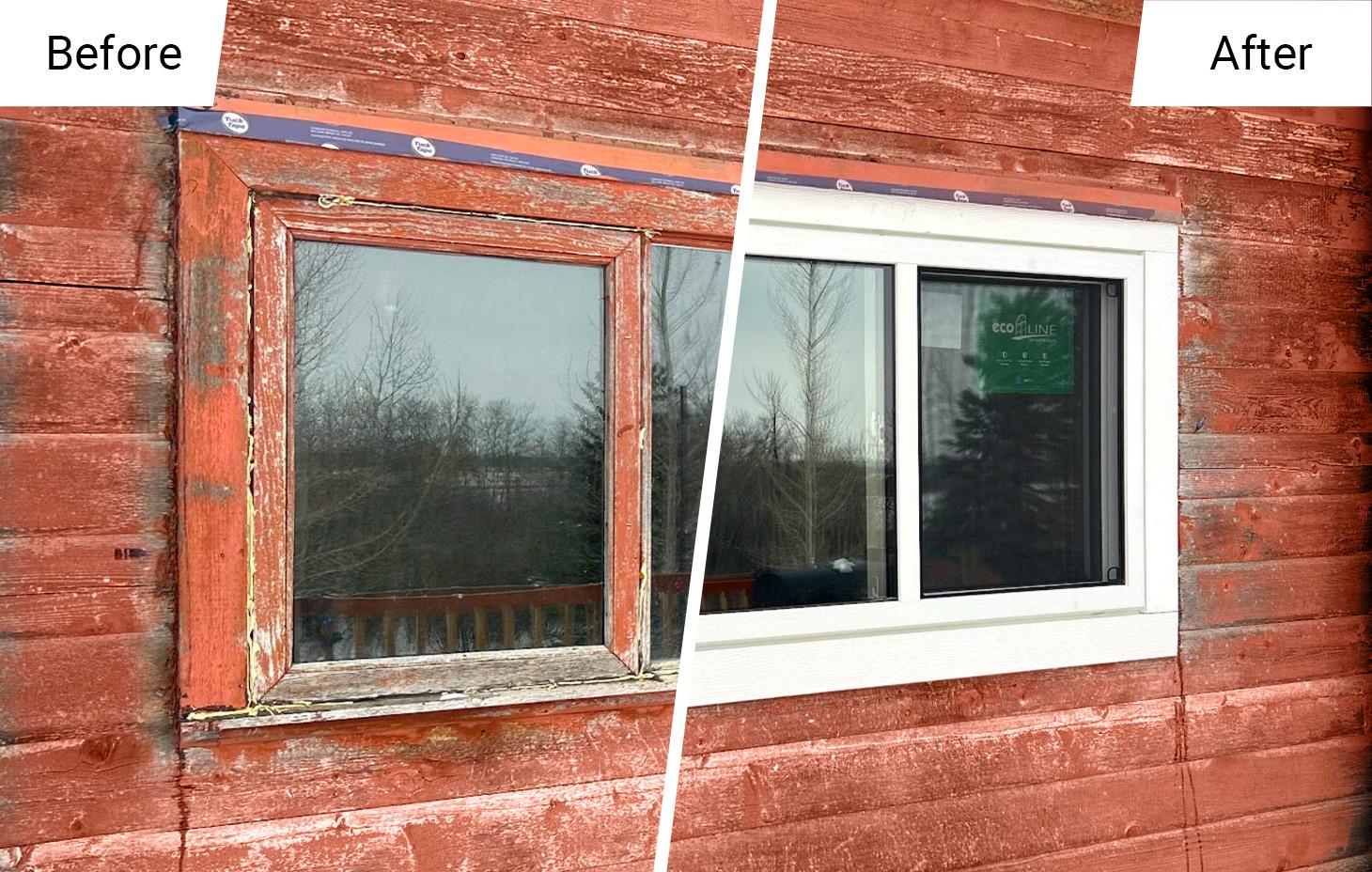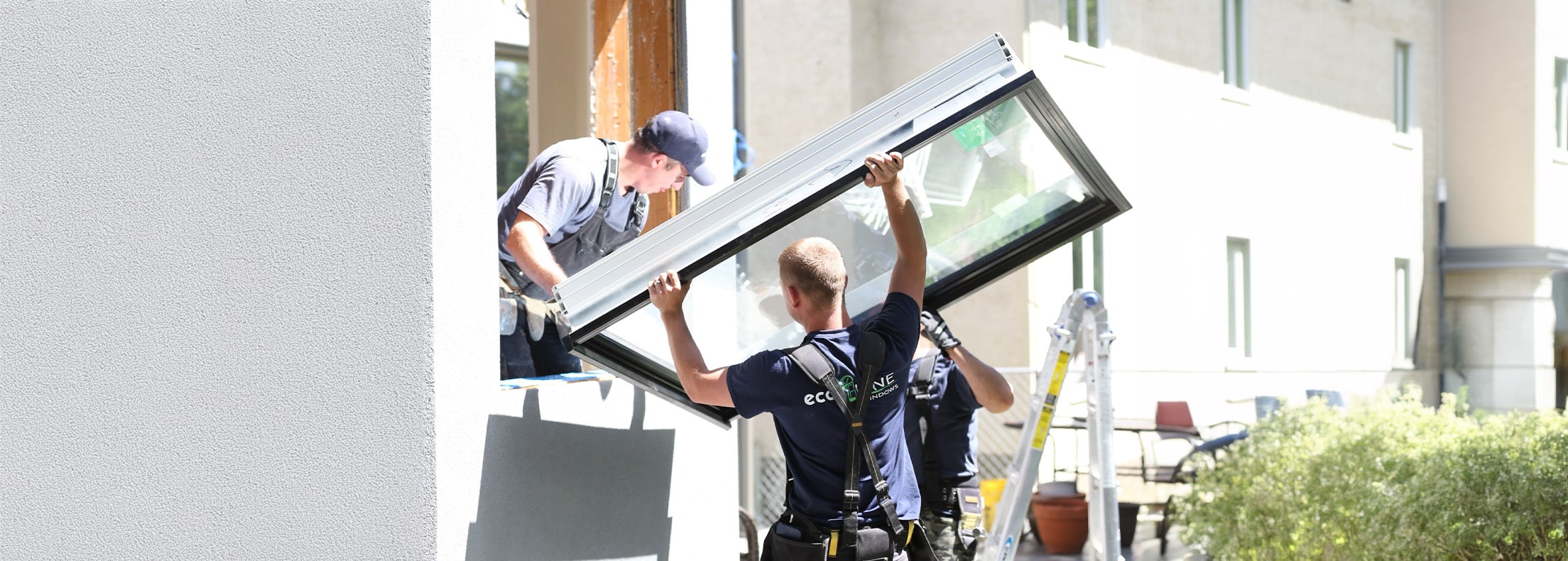

BC Clean Buildings Tax Credit for Windows & Doors: Ultimate Guide [2024]
Oct 26, 2023
Sep 26, 2024
8 min read
1111
British Columbia continues pushing forward initiatives to help homeowners renovate their houses with energy-efficient retrofits, providing a new financial opportunity to support home improvement projects – Clean Buildings Tax Credit.
As we delve deeper into the specifics of this program, you’ll discover how it can be a game-changer for your next windows and doors replacement project, what other opportunities are available, your eligibility and how to apply for the program.
What is BC Clean Buildings Tax Credit?
The B.C. Clean Buildings Tax Credit is more than just a financial incentive; it reflects local government dedication to fostering a sustainable environment. In simple words, this program strives to reduce the carbon footprint of urban structures, making them more energy-efficient and eco-friendly.
It is a refundable income tax credit for eligible retrofits that improve the energy efficiency of eligible commercial and multi-unit residential buildings (strata) with four or more units. The retrofit must improve the energy efficiency of your building and meet energy-use targets. Property owners can get a credit of 5% of qualifying expenditures paid on the retrofit.
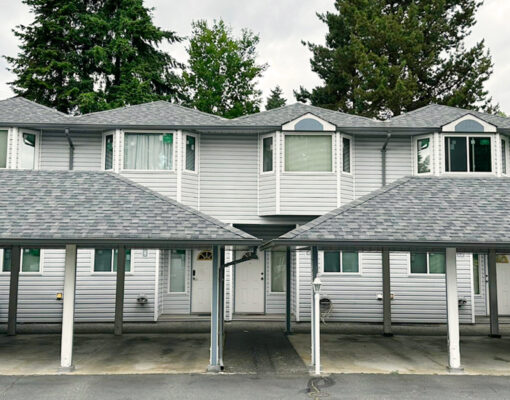
Shopping for New Strata Windows and Doors?
Which Retrofits Qualify for BC Clean Building Tax Credit?
Retrofitting means upgrading existing structures to meet modern energy efficiency standards. That’s why the Clean Buildings Tax Credit only recognizes the upgrades which bring a sufficient improvement to your home’s energy efficiency and sustainability, such as:
- Strata window and door installations: New energy-efficient models can drastically reduce heat loss, eliminate drafts and leaks and lower the load of your HVAC system, positively affecting the overall home’s thermal performance.
- Roof Insulation: A well-insulated roof can prevent heat loss, ensuring consistent indoor temperatures.
- HVAC Upgrades: Modern HVAC systems are designed to be energy-efficient, reducing energy consumption while providing optimal comfort.
- Energy-Efficient Lighting: Switching to LED lights or other energy-saving options can significantly reduce electricity bills.
Other eligible retrofits include:
- Service water heating equipment
- Pumps
- Receptacle loads and miscellaneous equipment
- Elevators and escalators
- Building envelope, including improvement to the insulation
Which Buildings Qualify for British Columbia Clean Buildings Tax Credit?
The program is designed to help various buildings (residential and not) benefit from energy-efficient upgrades. Here is the list of all buildings that qualify for tax credit:
- A multi-unit residential building (strata) consisting of four or more units
- A college or university
- Long-term care
- Food services
- Hospital
- Offices
- Retail – food & other
- Schools
- Logistics and warehousing
But who qualifies to claim the credit? It’s not just about owning an eligible building. The claimant must either be a corporation with a permanent establishment in B.C. or an individual resident in B.C. or earning income in the province. This ensures the program’s benefits are directed toward those actively contributing to the province’s growth and infrastructure.
How to Claim Tax Credit for Replacement Windows: A Step-by-Step Guide
Claiming the Clean Buildings Tax Credit might look daunting, but with some preparation, you will go through it hassle-free. Here’s a step-by-step guide to help you navigate the entire process:
- Complete the Retrofit: Before anything else, ensure that your retrofit, for example, strata windows or doors installation, is completed. Remember, the project must be finished before April 1, 2026, to be eligible.
- Obtain Certification: Once your retrofit is done, it’s essential to get it certified by the Ministry of Finance. A building owner must hire a certified professional, such as an architect, an engineer, or an energy advisor licensed by Natural Resources Canada. This individual will thoroughly assess the retrofit, focusing on energy efficiency. All findings, calculations, and assessments will be documented and sent to the Ministry of Finance for review and approval.
- Gather Documentation: Ensure you have all the necessary documents at hand. This includes invoices, proof of payment, and other relevant paperwork showcasing the work done and the costs incurred.
- File with the Canada Revenue Agency (CRA): With your documentation and certification in place, you can claim the credit on your income tax return. This must be done within 18 months of the end of the tax year after the tax year in which the retrofit was done.
- Await Approval: Once filed, the CRA will review your claim. If all criteria are met, you’ll receive the credit, which is 5% of the qualifying expenditures on the retrofit.
- Receive Refund: As a refundable tax credit, if the credit amount exceeds the tax you owe, the excess will be refunded, ensuring you reap the full benefits of your energy-efficient investments.

Shopping for New Strata Windows and Doors?
Strata Windows and Doors Installation: How the Program Helps?
Window and door replacements remain one of the most frequently go-to projects among strata managers and homeowners. The ROI is high, the benefits are endless, and the turnaround is fast. That’s why using the tax credit program for windows and door upgrades brings many benefits:
- Financial Boost: The 5% credit on retrofit expenditures significantly reduces the financial burden of installing high-quality, energy-efficient windows and doors. This makes top-tier products more accessible to property owners.
- Energy Efficiency: Modern windows and doors are designed to conserve energy. Double or triple glazing, LoW-E coatings, and advanced sealing techniques reduce heat transfer, ensuring adequate thermal performance all year round. This directly translates to lower heating and cooling costs.
- Increased Property Value: Energy-efficient windows and doors reduce energy bills and elevate the property’s market value. Prospective buyers often prioritise properties with such upgrades.
- Professional Installation: The certification process ensures that installations are done professionally, adhering to the best practices. This guarantees the longevity and effectiveness of the windows and doors installed.
- Supporting Local Businesses: By opting for this incentive, property owners are likely to engage local window and door companies, boosting the local economy and fostering community growth.
For multi-unit buildings and stratas, the impact is even more profound. Collective energy savings can be substantial, leading to reduced communal costs. Moreover, the aesthetic and functional upgrade enhances the living experience for all residents.
Wrapping Up
The Clean Buildings Tax Credit is more than just a financial incentive; it’s BC’s input towards a sustainable future. As discussed, the benefits of energy-efficient property upgrades are endless – from energy savings and enhanced comfort to increased property value and reduced environmental impact.
If you’re considering retrofitting your property, make sure you are well-informed about the program, read the eligibility criteria and choose the right energy-efficient upgrades for your strata. Good luck!
F.A.Q
What is the BC Clean Buildings Tax Credit?
The B.C. Clean Building Tax Credit is a financial incentive aimed at reducing the carbon footprint of urban structures in British Columbia by making them more energy-efficient. This refundable income tax credit applies to eligible retrofits that enhance the energy performance of commercial and multi-unit residential buildings. Property owners can receive a credit of 5% of qualifying expenditures for approved energy-efficient upgrades.
How much can you save using a tax credit for strata windows installation in BC?
Property owners can save by claiming 5% of the qualifying expenditures incurred on energy-efficient retrofits such as strata windows and doors installation.



